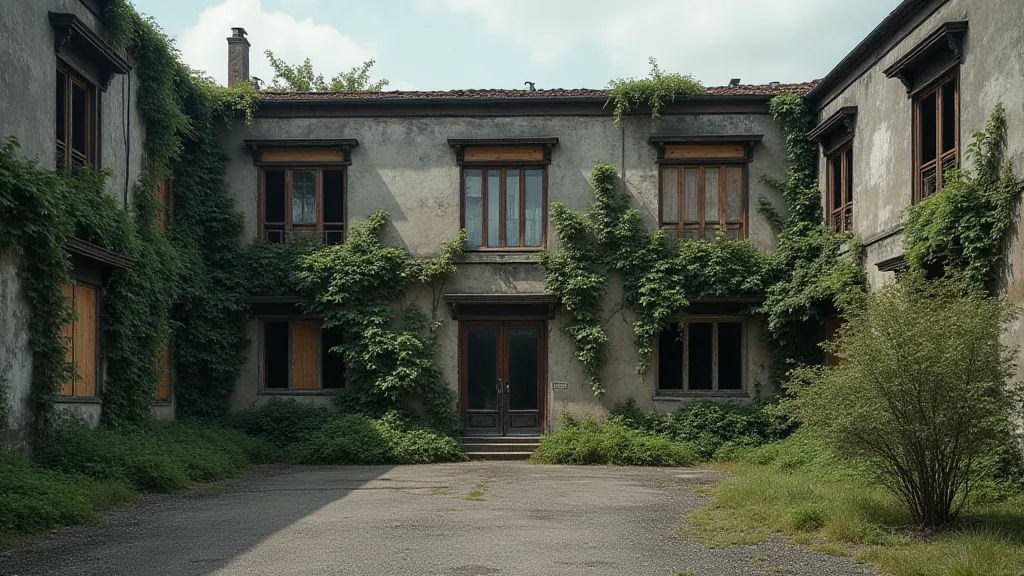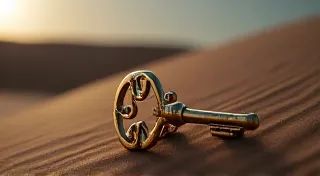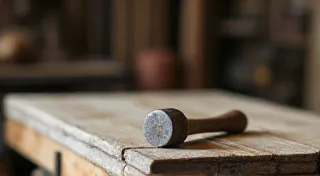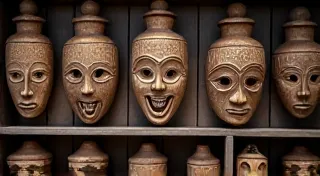The Lost Workshops: Documenting the Vanishing Crafts of Cast Iron Toy Manufacturing
The clang of the hammer, the hiss of the quenching bath, the meticulous filing of a tiny horse’s mane – these weren't sounds of industry in the modern sense, but the rhythmic heartbeat of a vanishing craft. For nearly a century, American workshops churned out a delightful array of cast iron toys, miniature recreations of everyday life and thrilling adventures, that captivated children and continue to enchant collectors today. But the workshops themselves, and the skilled artisans who breathed life into them, are largely forgotten, their stories fading like the patina on a well-loved toy car. This article aims to briefly illuminate those lost workshops and celebrate the dedication and artistry that produced these enduring treasures.
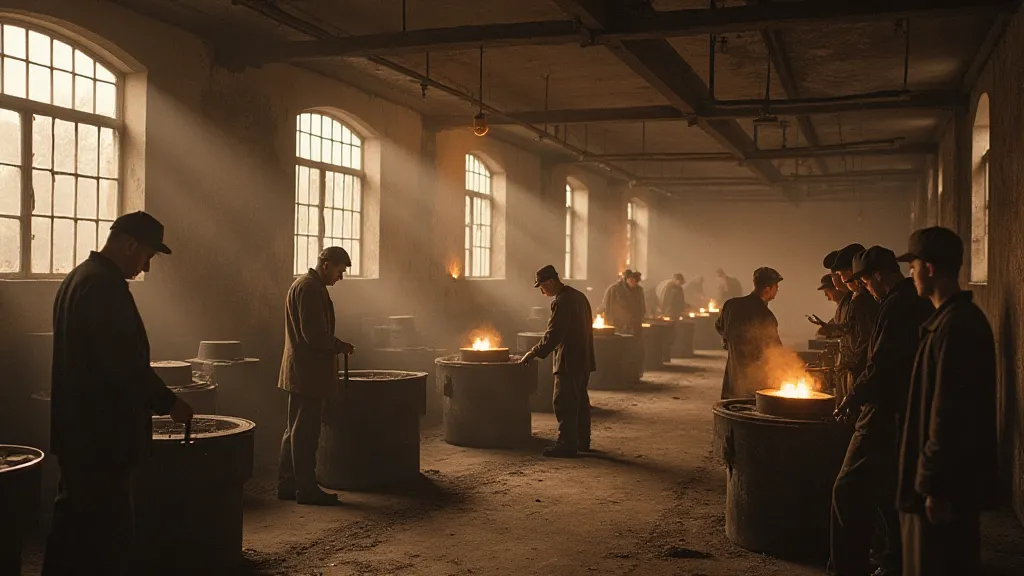
The Rise of Cast Iron Toys: A Response to Industrialization
The late 19th and early 20th centuries were a period of immense industrial growth in America. Mass production, initially focused on practical goods, soon extended to toys. Wooden toys, while charming, were often fragile and expensive. Cast iron offered a solution: durable, relatively inexpensive toys that could withstand the rough-and-tumble play of children. The process itself was a marvel of ingenuity, transforming raw materials into detailed, miniature worlds. Early manufacturers like J.W. Doll, Kenton, and Hubley quickly established themselves, each developing signature styles and product lines.
The beauty of cast iron toys lies not only in their visual appeal but also in the intricate process that brought them to life. It began with a pattern, a carefully crafted wooden model of the desired toy. This pattern was used to create a mold, typically made of sand mixed with clay. Molten iron, heated to staggering temperatures, was then poured into the mold. Once cooled, the mold was broken away, revealing the rough casting. The true artistry, however, lay in the subsequent finishing work: removing the sprues and runners, meticulously cleaning and filing the casting, and finally, the application of paint and decoration. Each stage demanded a high degree of skill and precision. It wasn’t simply about pouring metal; it was about sculpting joy.
The Artisans: More Than Just Factory Workers
These weren’t merely factory workers; they were craftsmen, passing down skills from father to son. They possessed an intuitive understanding of metal, knowing how it would behave under heat and pressure, how to correct imperfections, and how to bring a lifeless casting to vibrant life. Imagine the pride in creating something that would bring laughter and imaginative play to a child, something that would potentially become a treasured heirloom.
Stories passed down through families speak of the intense loyalty these artisans felt towards their employers and their craft. Working conditions were undoubtedly challenging – hot, noisy, and demanding – but the satisfaction of creating something beautiful and enduring often outweighed the drawbacks. The best artisans became known for their exceptional skill, often specializing in particular tasks, such as intricate detailing on horses or the creation of complex gears for mechanical toys. They were the unsung heroes of childhood, quietly shaping the landscape of play.
Decline and Disappearance: The Forces of Change
The golden age of cast iron toy manufacturing didn’t last forever. The Great Depression took a heavy toll, and World War II brought a shift in priorities and a scarcity of raw materials. After the war, the rise of plastics and other lighter, cheaper materials made cast iron toys increasingly less competitive. The last significant American cast iron toy manufacturer, Hubley, ceased production in 1968. The specialized skills once so vital began to disappear, and the workshops fell silent.
What remains are the toys themselves – tangible reminders of a lost era. Collectors today cherish these objects not only for their aesthetic appeal but also for the story they represent: the dedication, the skill, the artistry of the men and women who created them. They are echoes of a time when craftsmanship was paramount, and toys were more than just commodities; they were works of art.
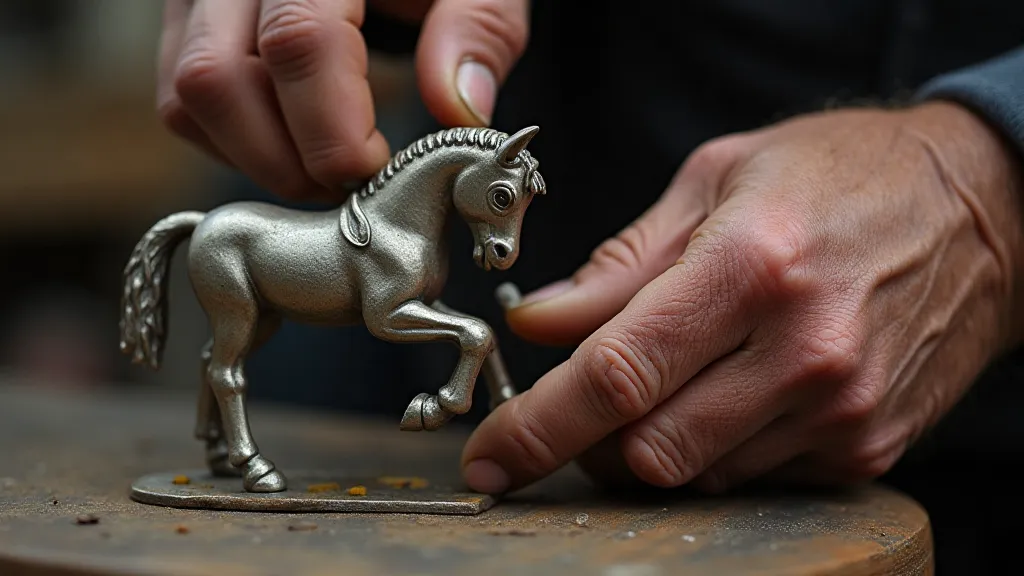
Collecting and Preservation: Honoring the Legacy
The world of antique cast iron toys is surprisingly diverse. Each manufacturer had its own style and signature products. Some are known for their whimsical animal figures, others for their detailed steam engines, and still others for their intricate fire trucks. The value of a cast iron toy is determined by several factors, including its manufacturer, rarity, condition, and originality. However, for many collectors, the monetary value is secondary to the historical significance and the opportunity to connect with a bygone era.
Preserving these toys is a responsibility. Original paint and untouched surfaces are highly prized, but even toys with some wear and tear can tell a compelling story. Restoration, when undertaken, should be approached with caution, respecting the toy's authenticity and preserving as much of its original character as possible. The goal isn't to create a perfect replica but to stabilize the toy and prevent further deterioration, allowing future generations to appreciate its beauty and its history. It’s about honoring the memory of the lost workshops and the artisans who poured their hearts and skills into creating these enduring treasures.
Beyond the Toys: Remembering the Human Element
Ultimately, the story of cast iron toys is a human story – a story of dedication, skill, and the enduring power of craftsmanship. It’s a story that deserves to be remembered and celebrated. As we admire these beautiful objects, let us also remember the men and women who created them, the families who built their lives around the clang of the hammer and the hiss of the quenching bath. Their legacy lives on, not just in the toys themselves, but in the spirit of artistry and ingenuity that they represent. These toys are more than just playthings; they are tangible links to a vanished world, whispers of a time when the human touch mattered above all else.
